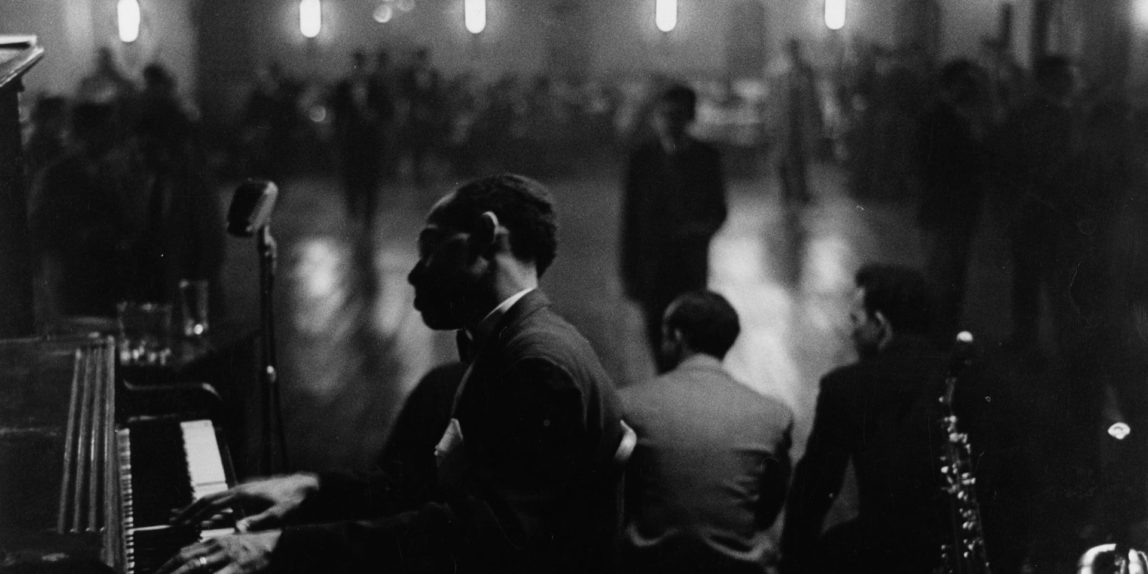The week started with a shoot on Saturday for my project. I have written this up separately here http://18.132.134.179/crj/shoot-diary-8th-june/
Getting out and putting my ideas into practice is key to my involvement in this course. I’m very pleased by the way that the project and the introduction of new topics are informing my photography. For example, I am currently reading Photography – History and Theory by Jae Emerling. This is proving to be amongst the more accessible theoretical books from the recommended reading. The chapter on The Archive as Producer argues that collections of photographs have the effect of generating new ideas. Some examples would be the Muybridge collections of animals moving which offered explanations of the mechanics of movement that a single picture never could. The famous post-war Family of Man exhibition is also discussed and how the criticism of this collection informed many debates about identity, belonging and difference.
Looking at how a collection generates discourse after it is created, certainly helps a practitioner like myself, analyse the pictures I put into a collection. Whilst it is not possible to predict all the responses to a collection, it is a valid exercise to think about what message the viewer may take away, based on what they see and the prevailing critical discourse of the time.
The presentations on Appropriation and Remixing were very welcome. “Variations on” have always been part of artistic activity in the western tradition. Significantly, the long-running TV arts programme The South Bank Show had a theme tune composed by contemporary composer, Andrew Lloyd Webber, based on the 24th Caprice by 18th-century composer Paganini.
Listening carefully to this piece reveals the original Paganini theme and also plenty of contemporary (for the 1970s) components too. If this piece were written today would it have an electronic dance music beat underlying the melody?
Digital technology has expanded the possibility of this activity to an enormous extent. Now anyone with a decent laptop can combine and recreate sounds, images and video. When I saw the make-a-trailer activity, my first thought was “how am I going to do that”? But the more I thought about it, the more excited I got. This activity is easier to complete than ever before, and this is a wonderful activity to gain new insight into my project. How do I present my ideas in less than two minutes?
I plan to draw some inspiration from the work of Adam Curtis, references to whom, appeared in the presentation on Remixing. Curtis is a journalist with finely honed research skills and a great vision as a film-maker. His works like Bitter Lake and Hyper Normalisation expose just how little we understand of the world in which we live. He balances his powerful story against unpredictable, jarring and memorable footage and music. Curtis is a master storyteller and who better to learn from than a master?
(Featured image Dance Hall, New York, c1953, by Ed Feingersh from The Family Of Man)
